Notre mission chez SAP, c’est d’aider le monde à mieux fonctionner et d’améliorer la vie des gens.
Nous concevons des solutions qui stimulent l’innovation, favorisent l’égalité et multiplient les opportunités au-delà des frontières et des cultures. C’est ce que nous nous efforçons de faire également avec le programme People To Work : former des personnes sans emploi sur les solutions de gestion SAP et leur redonner de l’espoir.
De nombreuses études ont démontré que la transition numérique allait entrainer dans les cinq à dix ans à venir un déficit de compétences numériques important en Europe et qu’il est urgent de commencer à former massivement les européens au monde digital. Les clients SAP ont un fort besoin de compétences sur nos solutions, tant pour la gestion des processus métier au quotidien que pour l’implémentation des projets et la maintenance des applications. Pour répondre à ce besoin de nos clients et partenaires, et favoriser le retour à l’emploi de personnes éloignées du monde du travail, SAP a mis au point le programme People To Work avec un très grand succès en Allemagne : depuis 20 ans, ce sont 400 000 demandeurs d‘emploi qui ont été formés et 80% d’entre eux ont retrouvé un emploi à l’issue de la formation.
Il y a des millions d’utilisateurs SAP dans le monde et la France est un pays qui compte une base installée des logiciels SAP très importante. De nombreuses offres d’emploi demandent des compétences SAP et cela va en s’accélérant : avoir été formé et disposer d’une certification SAP est un réel atout sur le CV d’un candidat. Nous nous sommes donc dits que nous pouvions contribuer à faire sortir du chômage des centaines, voire des milliers de demandeurs d’emploi en France avec ce programme qui peut aussi accueillir des personnes en situation de handicap.
Plus concrètement, les formations s’adressent à deux principaux types de profils :
- Les utilisateurs finaux des solutions SAP, c’est à dire les assistants comptables, les personnels des services achats ou de l’administration des ventes par exemple,
- Les consultants, recrutés en général par les ESN (Entreprises du Secteur Numérique) qui mettent en place les systèmes d’information des entreprises et soutiennent la transformation numérique.
Dans le cadre du programme People To Work, SAP met à disposition son matériel de formation officiel : les manuels de cours, les systèmes pour pratiquer les exercices et la plateforme numérique d’auto-formation SAP Learning HUB.
Le déploiement du programme People To Work en France a commencé début 2020 et nous sommes fiers d’avoir déjà formé 800 personnes avec un taux de retour à l’emploi de 100% pour ceux ayant suivi un cursus consultant et de 80% pour un cursus utilisateur SAP.
Les formations sont dispensées par nos partenaires officiels M2I Formation et Fitec, acteurs de la formation établis depuis longtemps sur le marché français et qui ont une bonne proximité avec Pôle Emploi, ce qui facilite le recrutement des candidats dans le programme. Ces partenaires sont présents en région parisienne ainsi qu’en province, avec une très bonne couverture nationale permettant de s’adresser au plus grand nombre. Les formations sont financées à l’aide de fonds gouvernementaux alloués par Pole Emploi, la région ou les OPCOs, de nombreux dispositifs sont disponibles.
Les métiers du numérique gagnent à être connus et le marché du travail demeure très actif dans ce secteur, et ce depuis de nombreuses années. Ils peuvent être porteurs d’avenir pour des jeunes qui ont du mal à s’insérer dans la vie active, mais aussi pour des personnes sur des métiers en décroissance et qui souhaitent se reconvertir. Les formations du programme People To Work ne nécessitent pas de compétences en informatique ou en programmation.Les profils recherchés peuvent être des jeunes diplômés en gestion ou autre domaine, mais aussi des comptables ou des assistants dans le domaine des achats ou des ventes en entreprise. Le niveau BAC peut suffire pour les formations des cursus utilisateurs finaux.
Fort de cette belle expérience, nous avons souhaité donner un élan supplémentaire au programme People To Work en France en participant aux Trophées Défis RSE, créés il y a 10 ans par le Magazine News RSE. Ces trophées ont pour but de mettre à l’honneur divers acteurs soucieux de leur impact et désireux d’affirmer leurs engagements et responsabilités pour leurs salariés, pour leur écosystème, pour l’environnement et donc pour la planète et les générations futures. Nous avons eu la joie de remporter le trophée dans la catégorie « Inclusion sociétale ». Notre initiative et ses résultats prometteurs ont en effet convaincu le jury du bien-fondé de celle-ci : redonner un emploi à des personnes éloignées du monde du travail ou dans des secteurs en décroissance, en leur donnant de nouvelles opportunités dans le monde numérique en pleine expansion.
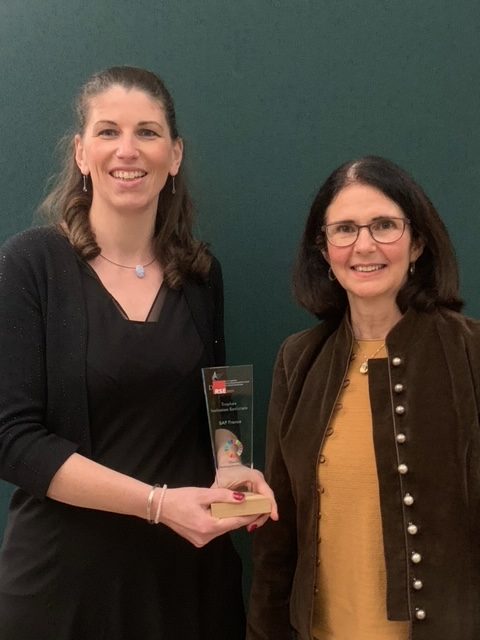
The post SAP People To Work remporte le trophée de NEWS RSE dans la catégorie Inclusion sociétale ! appeared first on SAP France News.

 Every day design fans submit incredible industry stories to our sister-site,
Every day design fans submit incredible industry stories to our sister-site, 






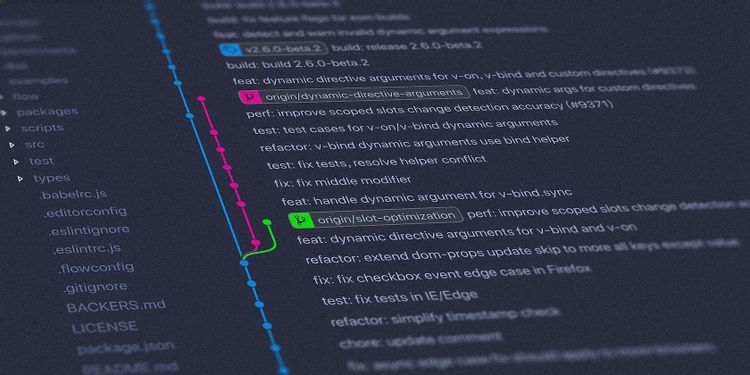


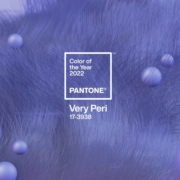
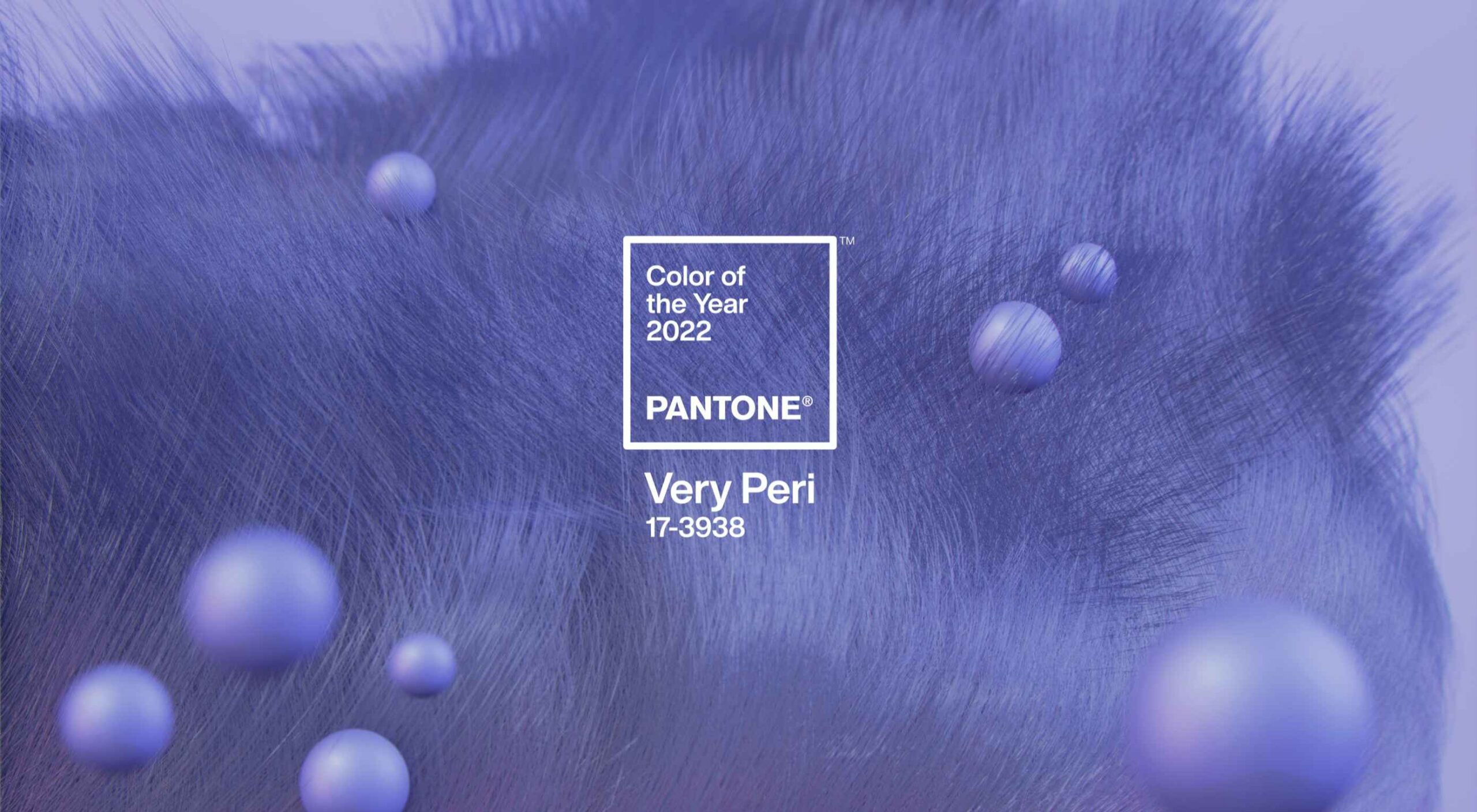 At this time every year, Pantone announces its choice for Color of the Year for the coming 12 months. The last year has been uncertain, to say the least, and although a tentative optimism seems to be piercing the general gloom, it’s difficult to see how that can be expressed in color.
At this time every year, Pantone announces its choice for Color of the Year for the coming 12 months. The last year has been uncertain, to say the least, and although a tentative optimism seems to be piercing the general gloom, it’s difficult to see how that can be expressed in color.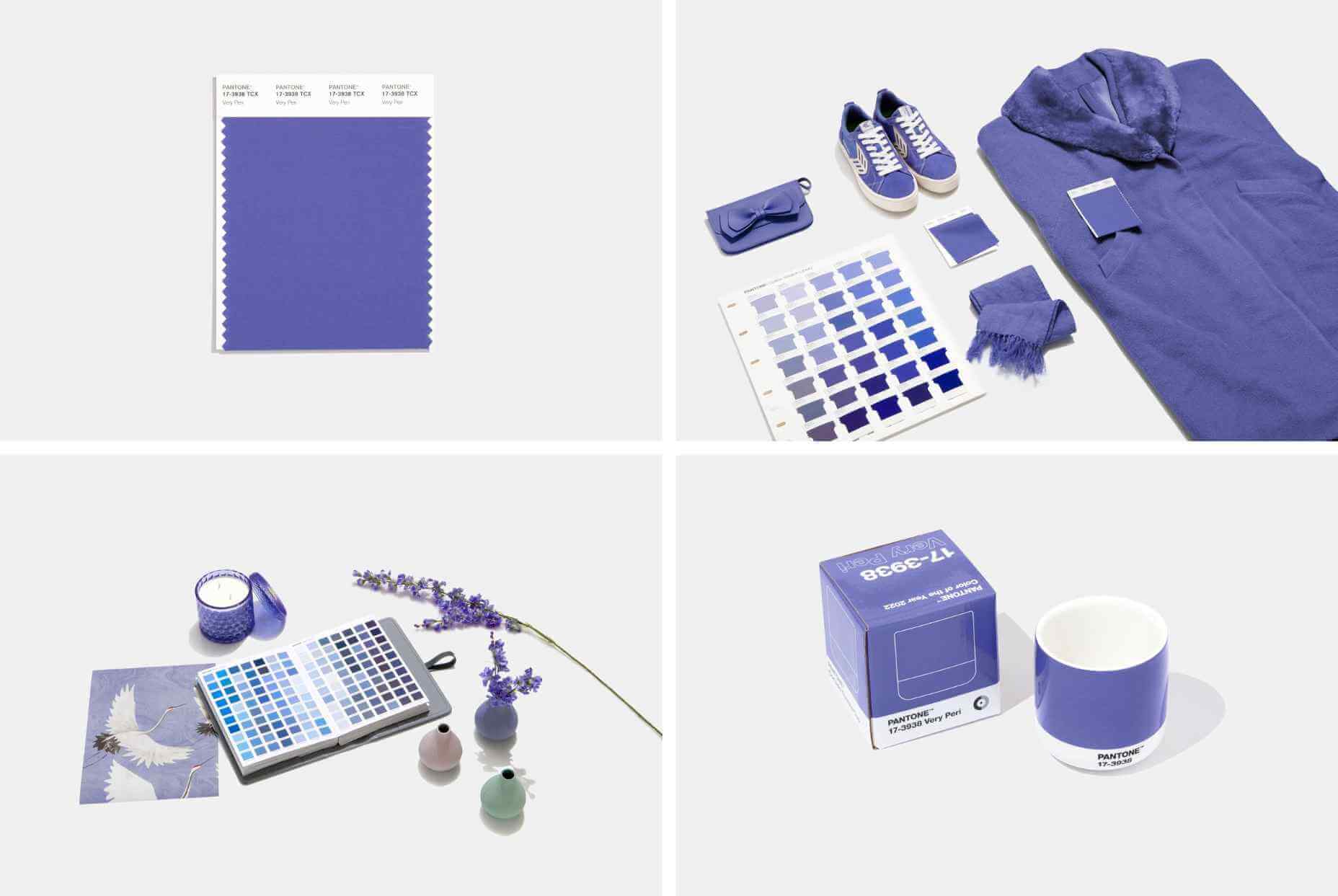

 Websites as we know them are going to change very soon. The days of text, images, and basic interactions in a 2D browser window have served us well, but virtual, augmented, and mixed reality experiences are getting better all the time. Developers and designers need to think beyond the browser window and prepare for an immersive future.
Websites as we know them are going to change very soon. The days of text, images, and basic interactions in a 2D browser window have served us well, but virtual, augmented, and mixed reality experiences are getting better all the time. Developers and designers need to think beyond the browser window and prepare for an immersive future.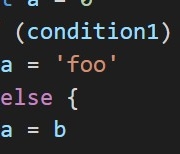
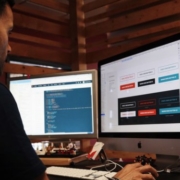
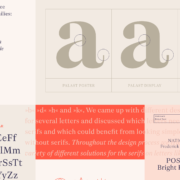
 Are you tired of using the same old Google fonts from website to website? You’re in luck!
Are you tired of using the same old Google fonts from website to website? You’re in luck!

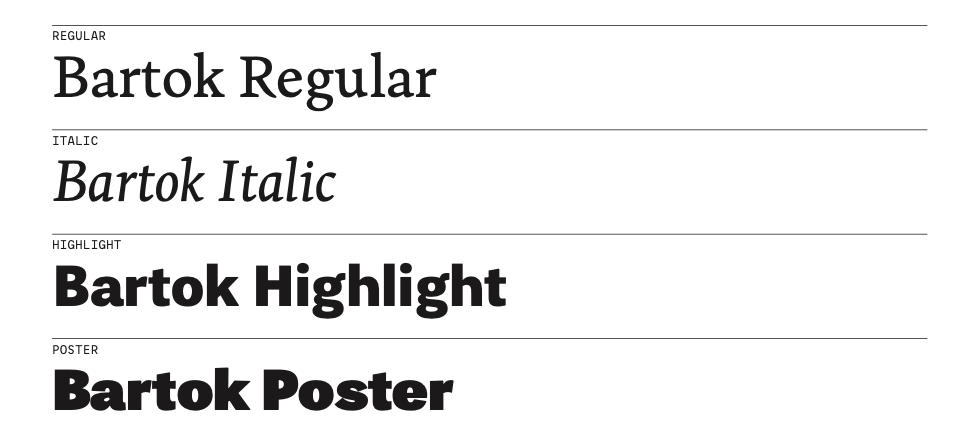
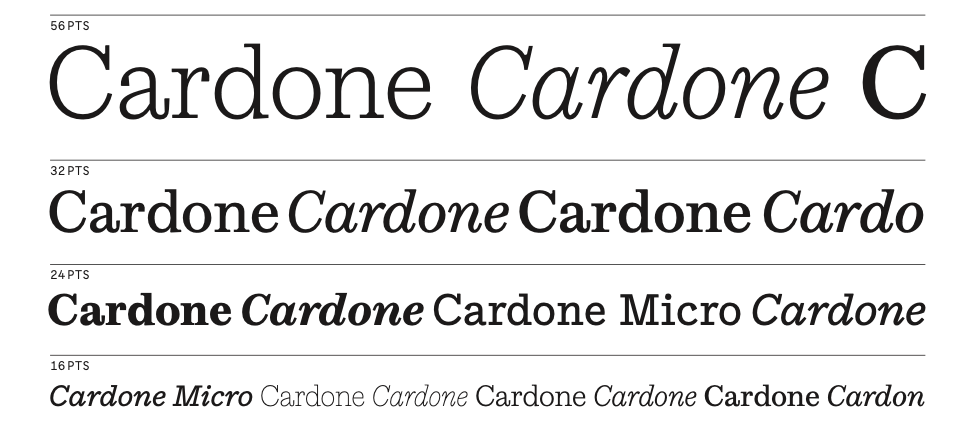







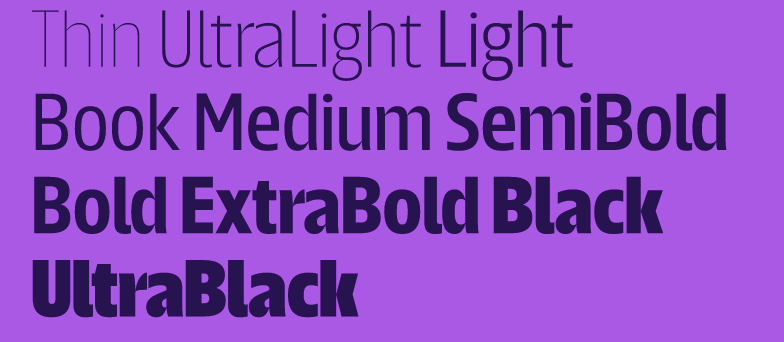




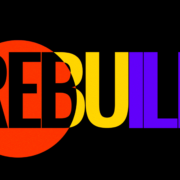
 Every day design fans submit incredible industry stories to our sister-site,
Every day design fans submit incredible industry stories to our sister-site, 









